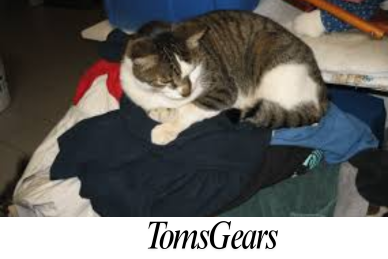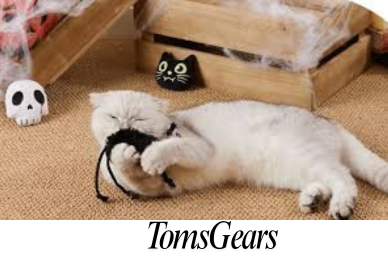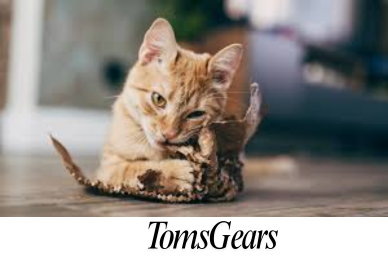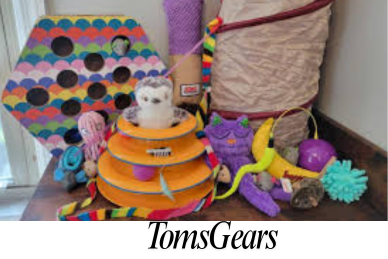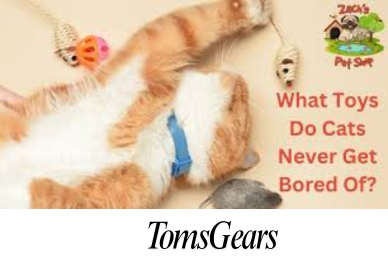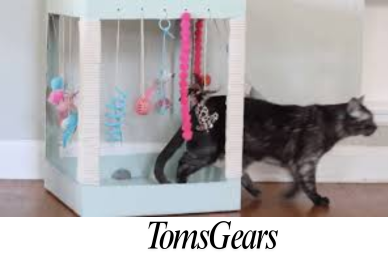Are Feather Toys Safe for Cats?
Feather toys are generally safe for cats if used under supervision, but there are some risks to be aware of, such as choking hazards or ingestion of small parts. While these toys can provide excellent mental stimulation and physical exercise, it’s essential to monitor playtime to ensure your cat doesn’t chew or swallow any feathers or attached materials.
Why Do Cats Love Feather Toys?
Feather toys mimic the texture, movement, and appearance of birds—one of the most common prey animals for cats. Because cats are natural hunters, feather toys trigger their instinctive predatory behavior, encouraging them to pounce, chase, and bat at these objects. The fluttering motion and light weight of feathers make them particularly enticing, promoting both physical activity and mental stimulation.
In fact, studies show that engaging a cat in just 15 minutes of playtime a day can significantly reduce stress, anxiety, and destructive behavior. Feather toys are especially beneficial for indoor cats that may not have as many opportunities to exercise their hunting skills.
What Are the Potential Risks of Feather Toys for Cats?
While feather toys are popular, they aren’t without risks. Poorly constructed feather toys can easily break apart, causing small pieces to detach and be swallowed. Ingestion of feathers, plastic components, or metal wires can lead to intestinal blockages, choking hazards, or even injury to the digestive tract.

Here are some specific risks to consider:
- Choking Hazards: Loose or brittle feathers can break off and be swallowed, causing choking or gagging.
- Intestinal Blockage: If a cat ingests larger pieces like feather quills or plastic bits, they may become lodged in the stomach or intestines, requiring surgical intervention.
- Toxic Materials: Low-quality feather toys may contain dyes, glues, or other chemicals that can be harmful if ingested.
To minimize these risks, always supervise your cat during play sessions and inspect the toys regularly for any signs of wear or loose parts.
How Do You Choose Safe Feather Toys for Your Cat?
When selecting feather toys, opt for high-quality brands that prioritize safety. Look for feather toys that use natural feathers (free from dyes or chemicals) and sturdy attachments to prevent easy breakage. Avoid toys with small, detachable parts like beads, bells, or plastic eyes, as these can become choking hazards if chewed off.
Additionally, consider feather toys with short strings or no strings at all, as long strings can be hazardous if your cat becomes entangled or tries to swallow them. Always check for reinforced seams and strong materials that can withstand your cat’s rough play.
| Toy Type | Safety Features | Recommended Usage |
| Wand Toys with Feathers | Natural feathers, sturdy attachments | Supervised play only |
| Feather Balls | Well-attached feathers, durable construction | Suitable for independent play |
| Feather Kickers | No small parts, reinforced stitching | Safe for unsupervised play |
Can Cats Swallow Feathers? What Happens if They Do?
Yes, cats can swallow feathers, and while small, loose feathers are generally harmless, larger pieces can pose problems. If a cat swallows part of a feather quill or the entire feather, it can lead to gastrointestinal distress, including vomiting, diarrhea, or constipation. In severe cases, it could result in an intestinal blockage, requiring veterinary intervention.
If you notice your cat has ingested a feather or is showing signs of discomfort, such as pawing at their mouth, drooling, or vomiting, contact your veterinarian immediately. Most small feathers will pass through their system naturally, but it’s better to be cautious and seek professional advice.
What Are Some Safer Alternatives to Feather Toys?
If you’re concerned about the potential hazards of feather toys, there are several safer alternatives that can still engage your cat’s hunting instincts. Plush toys, kick sticks, and interactive electronic toys offer similar stimulation without the risks associated with loose or sharp feather components.
Laser pointers and battery-operated prey toys can also provide an outlet for your cat’s energy without the ingestion risks. However, these should still be used under supervision to ensure your cat doesn’t become frustrated or overly stimulated.
How Can You Make Feather Toys Safer?
If your cat is particularly fond of feather toys, you can take steps to enhance their safety:
- Supervise Play Sessions: Only allow your cat to play with feather toys when you’re present. This way, you can intervene if the toy starts to fall apart.
- Inspect Toys Regularly: Check for any loose feathers, fraying strings, or weak attachments. Discard any damaged toys immediately.
- Choose Wand Toys Over Loose Feather Toys: Wand toys keep the feather at a distance and reduce the chances of your cat chewing on the feather itself.
- Secure Attachments: Opt for toys where the feathers are securely glued or sewn onto a larger base to prevent them from detaching easily.
How Often Should You Replace Feather Toys?
Even the most durable feather toys will wear out over time. Depending on your cat’s play style and intensity, you may need to replace feather toys every few weeks to a few months. Regularly inspect the toys for any signs of wear and replace them as soon as they start to show damage.
A good rule of thumb is to rotate toys frequently. This not only prevents overuse but also keeps your cat engaged and excited by the novelty of “new” toys.
What Should You Do If Your Cat Eats a Feather Toy?
If your cat manages to eat part or all of a feather toy, monitor them closely for signs of distress, such as lethargy, vomiting, or loss of appetite. If any symptoms appear, contact your veterinarian immediately. Try to determine what and how much your cat has ingested, as this information can be crucial for your vet.
For minor incidents involving small, loose feathers, your vet might advise a wait-and-see approach. However, larger pieces or non-feather components like plastic or metal wires may require surgical removal to prevent life-threatening complications.
Verdict: Are Feather Toys Safe for Cats?
Feather toys can be safe for cats when used properly and under supervision. While they provide great mental and physical stimulation, choosing high-quality feather toys, monitoring playtime, and ensuring there are no loose parts are essential to minimizing risks. If you follow these safety guidelines, feather toys can be an excellent addition to your cat’s play routine, satisfying their hunting instincts in a safe and controlled manner.
Frequently Asked Questions
1. Can feather toys make my cat sick?
Yes, if feathers are ingested, they can cause digestive issues or even intestinal blockages.
2. How can I tell if a feather toy is safe for my cat?
Look for natural feathers with strong attachments and avoid toys with small, detachable parts like beads or plastic components.
3. Are there feather toys specifically made for cats?
Yes, many reputable pet brands design feather toys with safety in mind, using non-toxic materials and secure attachments.
4. Should I remove the feather if my cat tries to eat it?
Yes, if your cat shows an obsession with chewing or swallowing the feather, it’s best to remove the toy and opt for a safer alternative.

